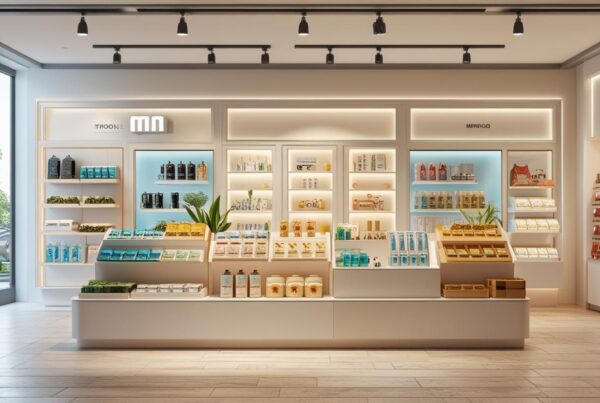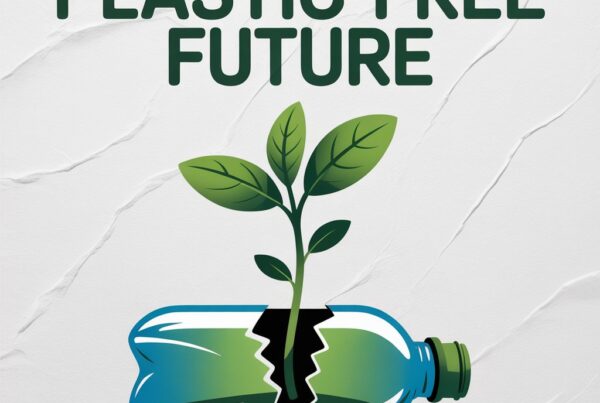Why Minimalist Packaging Matters
Minimalist packaging is more than just a design trend—it’s a practical and sustainable approach to reducing environmental waste. As global waste concerns grow and eco-conscious consumerism rises, brands are embracing less packaging to reduce their carbon footprint and appeal to modern buyers.
By using fewer materials and adopting a “less is more” mindset, minimalist packaging helps cut manufacturing costs, streamline supply chains, and support sustainable practices. In this article, we’ll explore how minimalist packaging contributes to waste reduction and why it’s becoming a standard in modern packaging strategies.
What is Minimalist Packaging?
Minimalist packaging is the practice of using the least amount of material necessary to protect and present a product. It emphasizes:
- Clean design with minimal graphics and text
- Fewer packaging layers (e.g., eliminating plastic windows or inner boxes)
- Sustainable materials like recycled cardboard or compostable film
- Functional simplicity that aligns with eco-friendly goals
This packaging approach avoids unnecessary embellishments and focuses on utility and environmental responsibility.
How Minimalist Packaging Reduces Waste?
1. Material Reduction at Source
Minimalist packaging uses less raw material from the outset, decreasing the amount of waste that would otherwise end up in landfills. By designing with only the essentials, companies can dramatically reduce packaging volume.
- Eliminates secondary packaging (e.g., plastic wrap or foam inserts)
- Lowers printing, ink, and adhesive usage
- Uses die-cuts and folds instead of excess material
2. Encourages Recyclability and Compostability
With fewer mixed materials, minimalist packaging is easier to recycle or compost. For example, single-material paper packaging is more sustainable than a multilayer pack with plastic and foil.
-
Simplified design = simplified disposal
-
Improves post-consumer recycling efficiency
3. Reduces Transportation and Storage Waste
Smaller, lighter packaging allows more items to fit into containers and reduces emissions during transport.
- Reduced weight = lower fuel costs and emissions
- Optimized space = less warehousing and packaging waste
4. Aligns with Consumer Values
Eco-aware consumers prefer products that reflect their sustainability goals. Minimalist packaging sends a strong signal that your brand values the environment.
- Builds brand loyalty and eco-conscious appeal
- Minimizes packaging guilt and improves unboxing experience
Benefits Beyond Waste Reduction
Economic Advantages
- Lower production costs due to less material and ink
- Reduced shipping costs from lighter loads
- Faster packaging processes due to simpler designs
Brand and Marketing Value
- Enhances brand identity with sleek, modern visuals
- Demonstrates environmental responsibility
- Increases product visibility with less visual clutter
Common Industries Using Minimalist Packaging
Many industries are adopting minimalist packaging to reduce waste and appeal to eco-conscious customers:
- Cosmetics: Sustainable tubes and refillable containers
- Food and Beverage: Clear labels and compostable wrappers
- Tech & Electronics: Cardboard clamshells instead of plastic
- Fashion: Recycled tissue, kraft boxes, and zero-plastic mailers
Why it works
-Engages customers in a memorable way.
-Encourages longer interaction time with the brand.
Quick tip
Incorporate interactive elements like touchscreens or product demos to create a more engaging experience.
FAQs: Key Questions About Minimalist Packaging
How does minimalist packaging compare to sustainable packaging?
Minimalist packaging often uses sustainable materials, but its core philosophy is reduction. Sustainability focuses on material origin and end-of-life, while minimalism focuses on using as little as possible from the start.
Is minimalist packaging always eco-friendly?
Not always. If non-recyclable materials are used—even in small amounts—the packaging may still harm the environment. The key is using less material and choosing sustainable options.
Can minimalist packaging impact brand perception?
Absolutely. Minimalist packaging often signals premium quality, thoughtfulness, and environmental care—qualities that build trust with consumers.
How to Implement Minimalist Packaging for Your Brand
1. Audit Current Packaging
- What materials are used?
- Can layers or fillers be removed?
- Are there plastic components that can be replaced?
2. Design with Function in Mind
-
Use mono-materials like kraft board or molded pulp
-
Limit design elements to essentials (logo, product info)
3. Partner with Sustainable Suppliers
-
Choose vendors who specialize in eco-friendly minimalist materials
-
Ensure compliance with recycling and composting standards
4. Educate Customers
- Use your website and packaging to inform customers on how to dispose of packaging responsibly
The Future Is Minimal
The role of minimalist packaging in reducing waste is clear: it conserves resources, reduces landfill waste, cuts emissions, and builds customer trust. For brands seeking sustainable growth and a stronger environmental stance, simplifying packaging is one of the most effective—and visible—strategies available.
By embracing less, you offer your customers more: more purpose, more value, and more environmental integrity.
Ready to Switch to Minimalist Packaging?
Let us help you create packaging that protects your product and the planet. Contact our sustainable design experts →


